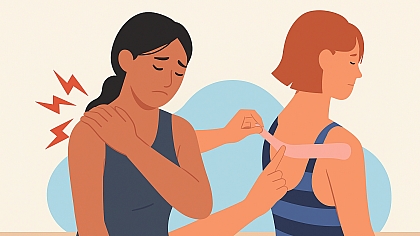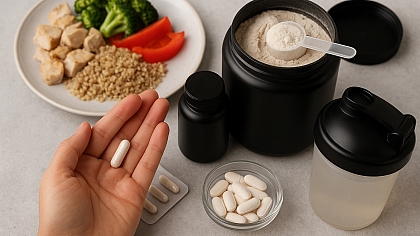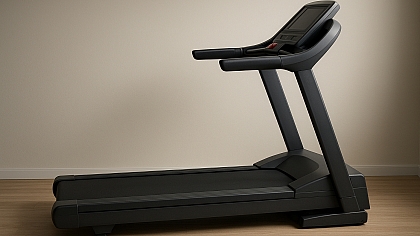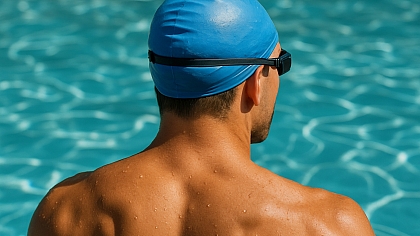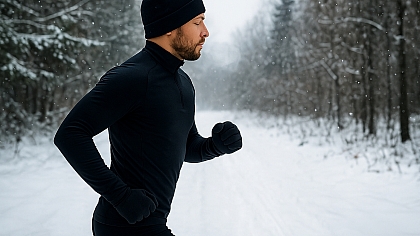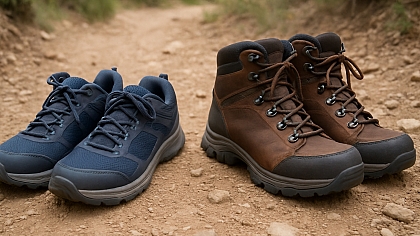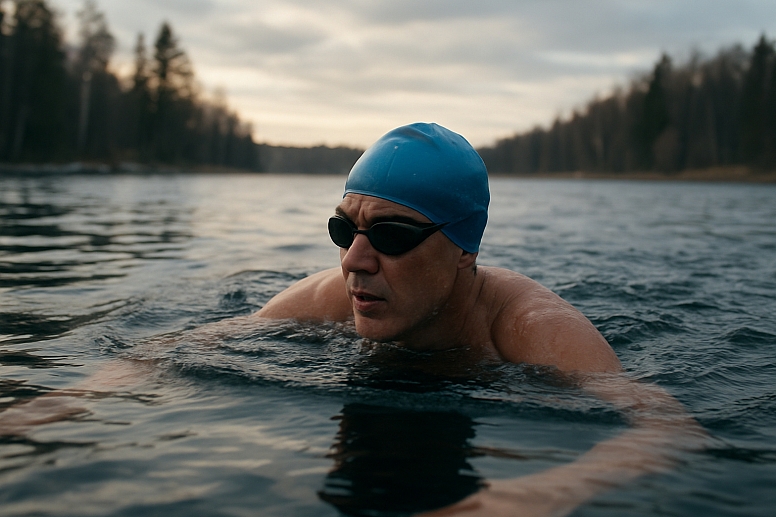
Cold Water Swimming: Benefits, Risks & Safety Tips
More Than Just a Shock to the System
A plunge into cold water is more than a test of nerve; it's a practice with deep roots and growing scientific backing. While the initial gasp is intense, regular participants report mental and physical rewards that keep them coming back.
However, this activity demands serious respect. Understanding both the powerful benefits and the very real risks is the key to doing it safely.
Why Would Anyone Do This? The Documented Benefits
The reaction to cold water is a massive, involuntary shock to your body. This " shock " triggers a cascade of physiological responses that can have lasting positive effects.
Mental Clarity and Mood Boost: The cold forces you into a state of intense presence. You cannot think about your to-do list when your body is shouting for attention. This mindfulness effect can reduce stress and anxiety. The cold also stimulates the release of endorphins and noradrenaline, leading to a natural "after-drop high" that can elevate mood for hours.
Reduced Inflammation and Soreness: Many athletes use cold water immersion (like ice baths) for recovery. The cold causes vasoconstriction, narrowing blood vessels and reducing blood flow to extremities. This can help reduce exercise-induced muscle inflammation and soreness.
Adaptation and Resilience: Over time, regular exposure teaches your body to manage the cold shock response more effectively. This process, known as hormesis, in which a small dose of a stressor provides benefits, can build mental and physical resilience that translates to other areas of life.
The Other Side: Understanding the Very Real Risks
Ignoring these risks is dangerous. Cold water is unforgiving, and even experienced swimmers must remain vigilant.
1. Cold Water Shock: This is the biggest immediate danger, especially for newcomers. Upon immersion, you experience an involuntary gasp reflex and hyperventilation. If your face is underwater during that gasp, it can lead to drowning. This response peaks in the first 30 seconds but can last for several minutes.
2. Loss of Muscle Control: As your body cools, blood moves away from your limbs to protect your core organs. This leads to a loss of strength and coordination. Your hands become useless, and your legs can fail, making it impossible to swim or get out of the water.
3. Hypothermia: This occurs when your core body temperature drops dangerously low. It develops over time, not instantly. Symptoms include intense shivering, confusion, slurred speech, and drowsiness. Hypothermia is a medical emergency.
Your Non-Negotiable Safety Checklist
Safety is not a suggestion; it is the entire foundation of the activity. Follow these rules without exception.
- Never Swim Alone: This is the most important rule. Always have a buddy on the shore who can call for help and assist you if you get into trouble. Better yet, swim with a group or at an organized venue.
- Acclimatize Slowly: Do not jump in. Walk in slowly, allowing your body to adjust to the temperature gradually. This helps control the initial cold shock response. Get your shoulders wet, then focus on getting your breathing under control before going deeper.
- Manage Your Breathing: The 1-Minute Rule: Your only goal for the first minute is to control your breathing. The gasp and hyperventilation will pass. Breathe out slowly. Focus on long, steady exhales until your breathing calms down. Do not start swimming until this happens.
- Time, Not Distance: Never swim for distance in cold water. The clock is your guide. Start with very short dips—just a minute or two—and slowly increase your time as you become more experienced. Your tolerance will vary daily.
- Listen to Your Body: Get out before you start to feel too cold. If you stop shivering, if you feel confused or unusually calm, get out immediately. These can be signs of progressing hypothermia.
- Get Dressed Warmly Before You Get Cold: Have your clothes laid out in the order you will put them on. Prioritize a warm hat, gloves, and dry layers. Warm drinks are helpful after you are dressed.
How to Get Started (The Smart Way)
- Check with a Doctor: If you have heart or blood pressure issues, consult a physician first. The cold places a sudden strain on the cardiovascular system.
- Choose a Safe Spot: Pick a location with easy, gradual entry and exit from the water. Avoid places with strong currents or boat traffic.
- Start in Late Summer/Fall: Begin when the water is cooler but not at its coldest. This allows your body to acclimatize gradually as the seasons change.
- Set a Time Limit: For your first time, aim for just 10-20 seconds after you have controlled your breathing. That is enough.
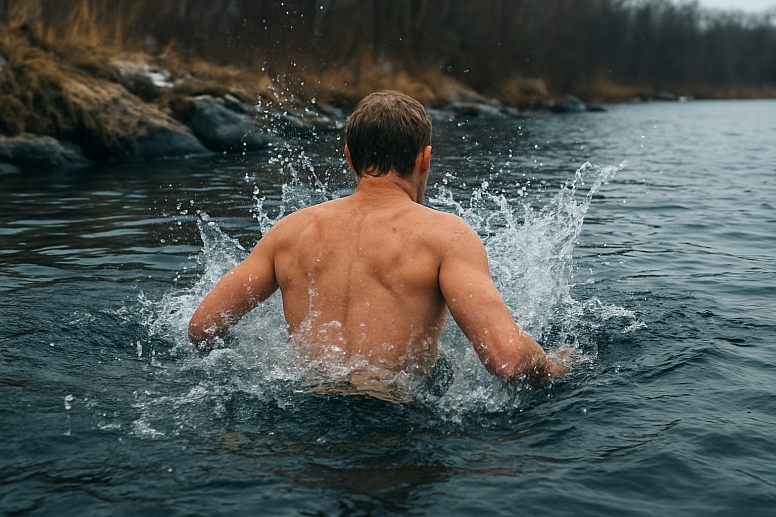
A Practice of Respect
Cold water swimming is not about being tough or enduring pain. It is about learning to work with a powerful natural element. The benefits are earned through consistency, caution, and a deep respect for the water's power. It is a practice that teaches you to control your reaction to extreme discomfort—a skill that is invaluable everywhere else.
The water is always the boss. Your job is to be a good student.
Frequently Asked Questions
What should I wear? A swimsuit is fine for short dips. As water gets colder, many swimmers add neoprene gloves, socks, and a swim cap to protect extremities. A brightly colored silicone cap also increases your visibility.
How cold is "cold water"? There is no strict definition, but generally, water below 15°C (60°F) is considered cold enough to trigger the cold shock response. Water below 10°C (50°F) is very cold and requires extreme caution.
Do I need to shower afterwards? A warm shower after you are fully dressed and have warmed up naturally is fine. Avoid a hot shower immediately after your swim, as it can cause a rapid drop in core blood pressure and make you feel faint.
What is "afterdrop"? Afterdrop is the continued drop in your core body temperature after you have left the water. It happens because cold blood from your extremities returns to your core as you warm up. This is why getting dressed quickly is so important.

